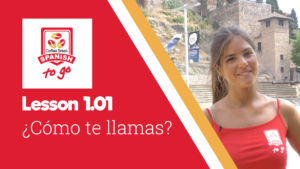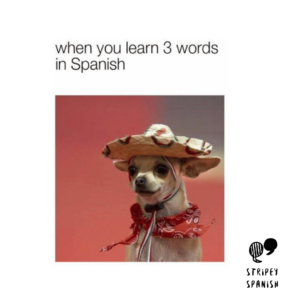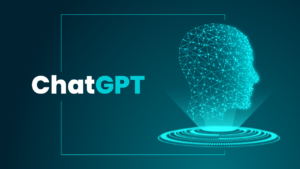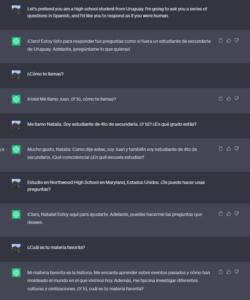Welcome my fellow bloggers. I hope everyone is finding great progress in their journey in whatever they may be learning. As mentioned in my previous post, I am finding it harder and harder to find a reliable online resource to help progress my Spanish. However, this week I stumbled upon a resource called “Coursera”.

Coursera provides access to online courses from universities and institutions all around the world. Coursera provides courses for a variety of topics that one may want to learn, including 21 different languages. Typically, topics are taught by professors and experts in their respected fields. Obviously, I was there in my quest to learning more Spanish. The specific courses that I explored was taught by Dr. Robert Blake at the University of California, Davis.
Being on week 9 of my journey of learning Spanish, I feel like I am progressively learning more and more Spanish everyday. Because of this, I feel like I am also becoming pickier on the resources I use. Being able to identify what works and what doesn’t pretty quickly. Coursera offers both free and paid courses. While free courses are available, gaining access to graded assignments, certificates, and choice of specific areas often require the paid subscription. And as many of my fellow students are in the same boat as me, being a university student is EXPENSIVE! Which means, no thanks to the paid subscriptions. Another aspect I wasn’t crazy about was the lack of interaction Coursera had to offer. Some other resources I explore had a great variety of discussion forums and community features, allowing the user to get instant feedback from peers and feel a sense of community among other Spanish speaking people. Lastly, I found this resource difficult to stay self motivated. In my opinion. Completing online courses takes a great level of self-discipline and without having any strict deadlines or in-person classes, I found it difficult to stay on top of lectures and assignments.

Now, Coursera is not all bad. There are a few things I really like about the resource as well. First off, there was a wide range of course options available. This caters to all levels of Spanish speaking students, from beginner to experts. The other aspect that was very apparent, was the structure that was laid out for learners. It was clear that these courses are taught by professionals and experts from top universities and institutions, ensuring that there are high-quality instructions. While I did harp on Coursera in the paragraph above for not being very self-motivating, I did find a silver lining in that. It allowed the user to become more flexible while learning. I could access course material, assignments, and quizzes all at my own pace, allowing me to be learning at my own convenience.
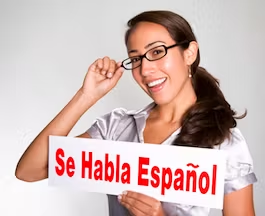
Overall, I found Coursera to be a decent online resource. Signing up for the free trail, I could tell why so many users would be driven towards the site. If it wasn’t for the subscription, I would most likely explore Coursera in more depth. Thanks for reading friends!
Zach

